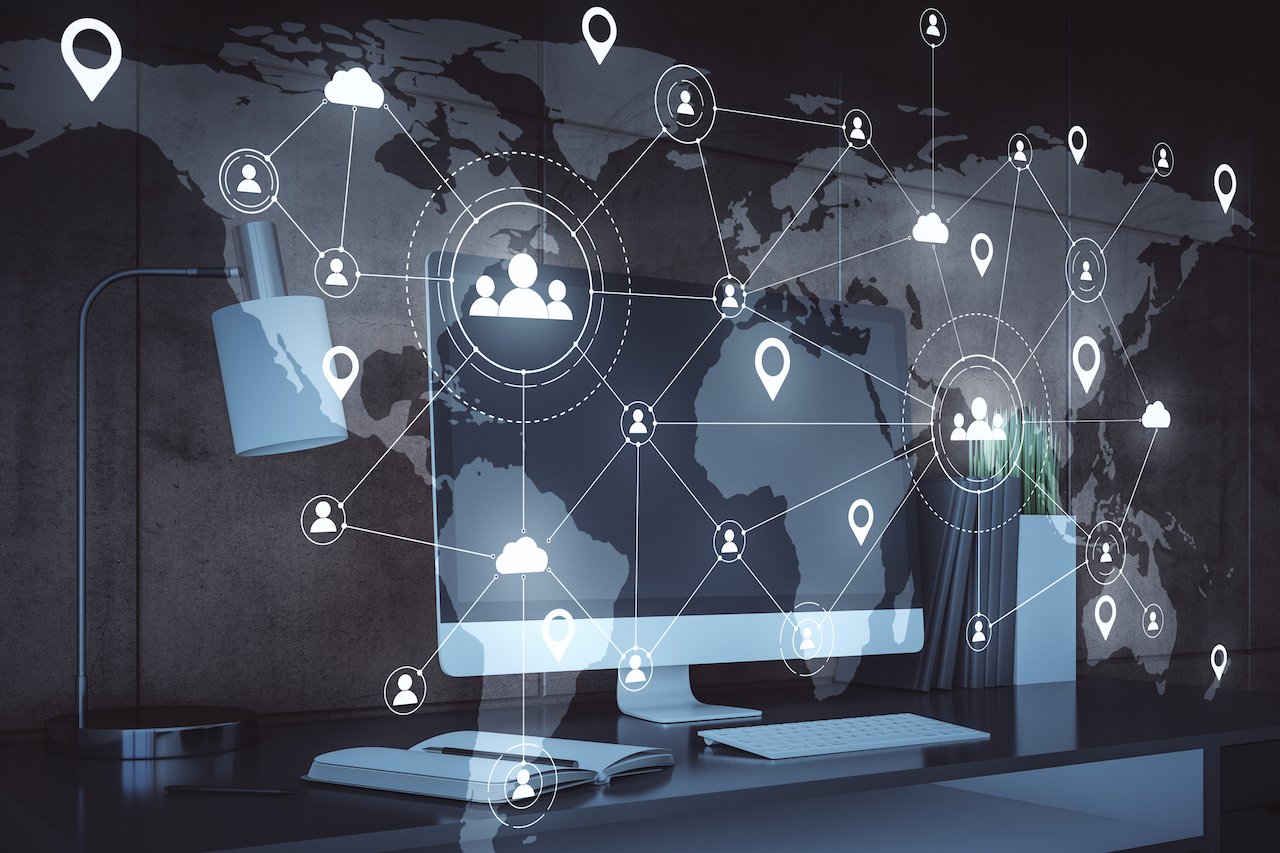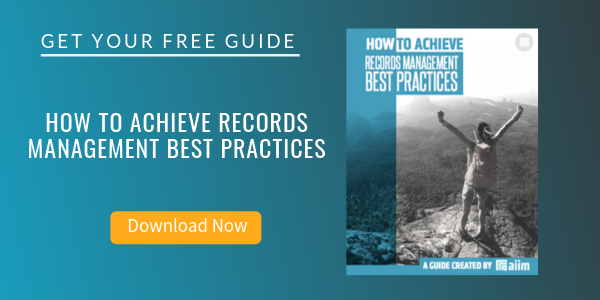
What Does a Modern Information Infrastructure Look Like?
Electronic Records Management (ERM) | Content Migration
Information has transformed in a big way over the past few decades, with some of the most significant changes coming in just the last five years. Year over year, information has seen a dramatic increase in both value and volume. The advancement of new technology has transitioned much of this from paper to digital – which presents its own set of new challenges regarding compliance, access, and protection. These changes all add up and have had a profound impact on how we create, manage, store, and access information today.
Here at AIIM, we see this as an opportunity. We believe this means the practice of managing information and records can no longer be seen as solely an exercise for compliance – it needs to go beyond compliance and a key component in your business strategy.
As we’ve seen with the recent rush to remote working, there is a true competitive advantage aligned with a connected workforce and strategic management of your organization’s information.
But, in order to utilize the full potential of your organization's information, you need an information management structure to support it. There's no better time than NOW to modernize.
The Challenges of Legacy
Despite being over seven years old, this 2013 research note from Gartner still rings true today (and shows that these transitions don't just happen overnight) and argues:
“Traditional IM technologies and approaches are under pressure from exploding volumes and diversity of information. Big data forces will push the information infrastructure in most organizations to the breaking point, leading to challenges and disruption in the business. Silos, poor‐quality data, and conflicting semantics are the norm. A modern information infrastructure helps organizations describe, organize, integrate, share and govern information assets independently of applications and use cases….”
We’re not saying throw out all your legacy systems and information. What we are saying is that those legacy systems present significant challenges to the organization. These include, but are not limited to:
- The real costs to support those systems in terms of licenses, maintenance, and support
- The IT costs associated with them
- The individual end-user costs in terms of finding and using information stored within them
- The challenges associated with accessing information across discrete silos of information
Focus Your Effort on Modernizing Your Information Infrastructure
So, what does a modern information infrastructure look like? The actual infrastructure should be designed to your organization's needs, so there is no one-size-fits-all. However, every organization can benefit from focusing on modernizing their information infrastructure with an emphasis on these factors:
- Flexibility – configuration rather than customization
- Loosely coupled systems rather than tight integration between them
- Automation in support of common user‐centric and management tasks
- Mobile‐ and cloud‐enabled, and ideally designed with mobile as the preferred platform
- Rationalizing and streamlining the existing environment. Where legacy systems can be decommissioned, they should be. The information stored therein should be appraised for its continuing business value and any legal or regulatory compliance requirements, with a bias towards disposition.
- Balancing legitimate governance needs and issues with the overall business goals and objectives. This means that when evaluating a cloud-based solution, the discussion should include security, where data is physically located if applicable, etc., but with an emphasis on how to make a solution work rather than focusing purely on the risks.
To do this successfully will require input from a variety of stakeholders - IT, records management, legal, and certainly the business units impacted. It's also important to keep in mind that this is a journey rather than a destination.
Putting Your Information Modernization Plan in Place
By this point, we've taken some time to dig into why your current information infrastructure needs modernization. We also explored what a modern information infrastructure looks like and the factors that should be considered. What's next? Hopefully, this post has helped you organize your thoughts and begin to develop your plan. If at this stage you are considering a content migration, I would recommend checking out this post where we go into How to Perform a Content Migration.




